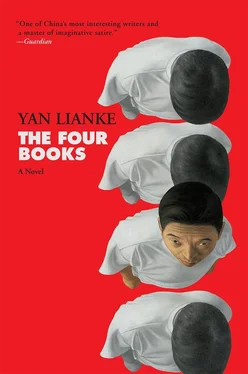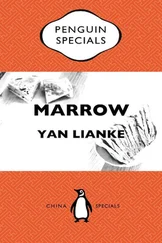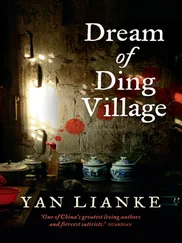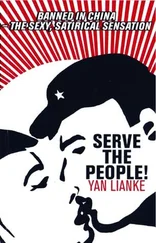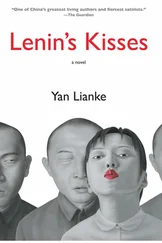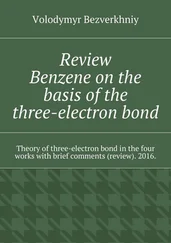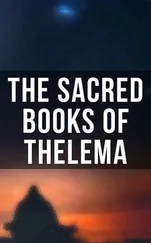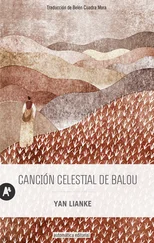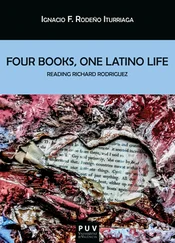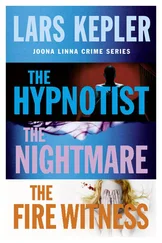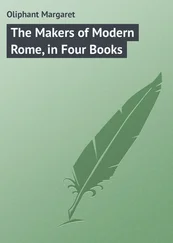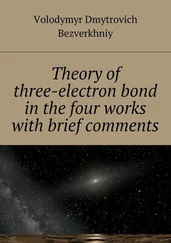So it came to pass.
CHAPTER 10. Provincial Seat
1. Heaven’s Child , pp. 280–300
A provincial seat is larger than a district one, but a district seat is larger than a county one. A county seat, meanwhile, is more lively than a town. The people who went into town for a meeting slept on mats on the ground, while those who went to the county seat all slept in cots — with four, five, or even six people to a room. At the district level, they slept two or three people to a room, while at the provincial level everyone had their own room, with hot water, a bathtub, as well as a running toilet. When the Child needed to use the toilet, however, he locked the door, lifted the lid, and squatted over the toilet bowl. When he was done, he flushed the toilet and then used toilet paper to wipe down the footprints he had left on the toilet seat.
As a result, no one ever realized that the Child didn’t know how to use a Western-style toilet.
Everyone who had come to deliver the steel and attend the meeting stayed in the same building. The stairs were made of wood, and the railing was painted red. The ground was made from smooth cement. The bedsheets were white, and the walls were also painted white. The quilt had a cover, and the mattress was extremely soft. The first time the Child sat on the bed, he was startled to discover that he sank down into it. Later, he would lock the door and jump up and down on the bed, with the mattress springing him high into the air. He would jump up and down before going to bed at night, and would jump completely naked upon waking in the morning. When he washed his face he wouldn’t use the white towel from the bathroom, and instead used his pillowcase. The pillowcase was printed with an image of Tiananmen Square, in red, and it felt warm and soft against his face. When he was summoned to go eat, he would eat; and when he was summoned to attend a meeting, he would attend. He was issued a red certificate with his name on it. Everyone was also issued a red silk blossom with a yellow ribbon cut into a swallowtail. Everyone pinned their name badge to the left side of their chest, with the red blossom right below it. Once they did so, they wouldn’t need to pay to ride the bus, nor would they need to purchase tickets to enter the park. When they went to the market, the salespeople would welcome them with a smile. All they had to do was glance at an item, and the salesperson would introduce its origin, function, and quality.
The sales items were divided into different categories, including one for hardware, one for general merchandise, one for fabric, and another one for farm tools. The tools section sold only farm tools, and the fabric section sold only fabric, including both handwoven cloth and colorful machine-woven fabric. The general merchandise section sold towels, hats, apparel, toothbrushes and toothpaste, soap, matches, kerosene, and countless other goods. Consequently, this building was called a department store.
The Child was particularly fond of visiting this department store.
When the Child went there, he was most interested in the tools section. He was familiar with almost all of the goods on display, but there was one thing that struck him as rather odd — a clay shotgun that looked just like a real one. The barrel of the gun was about five feet long, and after you loaded it with gunpowder and pellets, it could kill a fox or wild boar. If there were birds in the trees, you’d be able to hit several at once. The shotgun was hanging on the wall, and anyone with a hunting license could purchase it. And even if you didn’t have a license, as long as you could prove that wild animals threatened your family and livestock, they would sell you a shotgun as well.
Over the course of two days of meetings, the Child snuck out three times to go look at that shotgun. In the meetings, they read reports, read the papers, and ate two tables of food. The food in the serving plates was arranged into blossoms. Every county in the province had assigned representatives to come deliver their steel, and as a result the auditorium was filled to the brim. The long-awaited meeting began. The steel that each of the representatives had brought was arranged onstage, behind a curtain. It was covered by a red cloth. After two days of preparations, the officials would go up onstage to examine and evaluate these steel offerings. They would identify the top three offerings, and the one in first place would represent the province in the nation’s capital. The ones in second and third place wouldn’t be sent to the capital, but those districts would also be handsomely rewarded.
So it came to pass.
The Child decided that if his pentagonal star ended up winning a prize, he would request that shotgun. He sat restlessly in the auditorium, and kept wishing that they would cut short the meeting and move directly to the glorious selection of the steel-smelting prizes. There was a banner posted at the very top of the hall that read, “Provincial Model Congress on Heroic Steel Smelting.” There was also a portrait of that great, great man, that highest of higher-ups. Below the portrait, there was a large flower basket with an illuminated border. The Child sat in the audience below the stage, in the middle of the first row of seats. On either side of him were two very high-up cadres: revolutionaries. The higher-ups proudly told the Child that during the war they weren’t afraid of standing in the line of fire — back before the Child was even born.
The higher-up sitting to one side of the Child patted him on the head.
He ruffled the Child’s hair.
The Child had a lot of respect for this higher-up. He gazed at the ceiling of the auditorium, and felt that the world was good. The auditorium could hold more than a thousand people. It was full of gleaming red leather seats, and even smelled of red leather. Along the ceiling, there was an array of white lights. They were arranged in the shape of a pentagonal star, and were blindingly bright. The Child was reminded of how, in the story the Theologian had told him, the sky was filled with bright light when Jesus was born, as countless angels hovered in the air singing hymns praising God. Jesus was born. So it came to pass. The world was given a savior.
Finally the moment arrived, and a higher-up told each group of delegates to come onstage and examine those nearly one hundred pieces of newly smelted steel, assessing the purity and hardness of each.
All of the delegates stood up and began applauding madly.
The province’s highest higher-up walked to the front of the crowd and led everyone onto the stage in groups from the right-hand side. Taking a small hammer, he went to evaluate the donated steel, carefully striking each piece. Some of the pieces were in the shape of a pancake, and some were rectangular, square, or even triangular. The Child’s donation was displayed on the innermost table, where it was leaning against the wall. Because it was star-shaped and painted red, when placed with that other piece of steel that was also painted red and was branded with the word loyalty , they resembled a pair of peacocks or phoenixes standing tall amid a flock of chickens.
So it came to pass.
The evaluators from the third brigade walked over together. They took a hammer and struck each steel ingot on display. The pounding filled the auditorium, like a cacophony of brass bells. Everyone’s face blushed bright red, filling the hall with a red glow. Soon it was the Child’s turn to go up onstage. His pounding heart made his legs go soft, and as he was stepping onto the stage he almost fell to his knees. In front of him there was a white-haired man, and the Child wasn’t sure whether this was a higher-up or a steel-smelting expert. The man struck every third or fifth piece of steel, but most of them he didn’t touch at all. If a piece of steel appeared black or honeycombed, he wouldn’t touch it, and those ingots with fine honeycombing were occasionally submitted for further evaluation. That man only selected the donated steel without any honeycombing, and he could determine its hardness and purity by the sound it made when he struck it with a hammer. The Child followed along behind him, his heart pounding. He saw the man strike the steel, even putting his ear up to it to listen. The evaluators who knew what they were doing would strike the steel, while those who didn’t would simply caress it. It was the middle of winter and bitterly cold outside, but inside the hall it was actually quite warm. This wasn’t because there was a fire, but rather the warmth came directly from the walls of the auditorium. This is how the auditoriums in the provincial seat differed from others. The Child saw that in the front, the province’s highest higher-up was now examining the steel donations, and when he reached the Child’s star-shaped ingot and the other one with the word loyalty branded on it, he not only looked at them and caressed them, but even sent someone to turn them over to see what was written on the back.
Читать дальше
